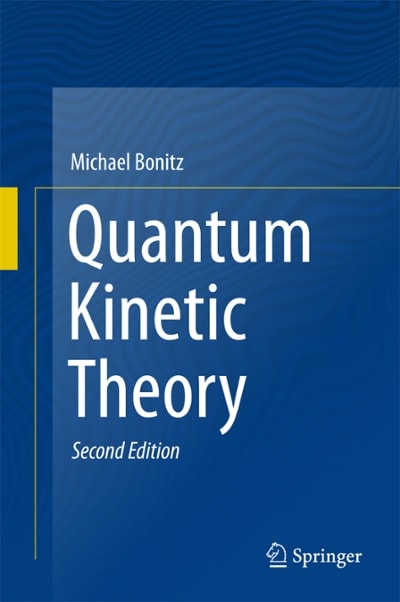Question
Why does a spacecraft transferringfrom an initial circular orbit to a larger circular orbit perform two maneuvers, both of which increase it's speed, but end
Why does a spacecraft transferringfrom an initial circular orbit to a larger circular orbit perform two maneuvers, both of which increase it's speed, but end up with a slower orbitalvelocity in the final orbit than it started with in the original orbit?
2. Why do we take the absolute value of the difference between the two orbital velocities when we compute total V?
3.
Suppose you want to move a spacecraft from a circular orbit at 500 km altitude to a circular orbit at 150 km altitude to ensurethat its orbit will naturally decay over a few years.
What velocity change (V1) isneeded to go from the initial circular orbit into the transfer orbit?
What velocity change (V2) is needed to go from the transfer orbit to the final circular orbit?
What is the time (TOF) required for the transfer?
A spacecraft deployed into a circular orbit, inclined 57 at 200 km altitude, needs to change to a polar orbit at the same altitude. What V does this maneuver require?
Now that the spacecraft from the previous problem is in a polar orbit, what V will change the right ascension of the ascending node by 35?
Step by Step Solution
There are 3 Steps involved in it
Step: 1

Get Instant Access to Expert-Tailored Solutions
See step-by-step solutions with expert insights and AI powered tools for academic success
Step: 2

Step: 3

Ace Your Homework with AI
Get the answers you need in no time with our AI-driven, step-by-step assistance
Get Started


